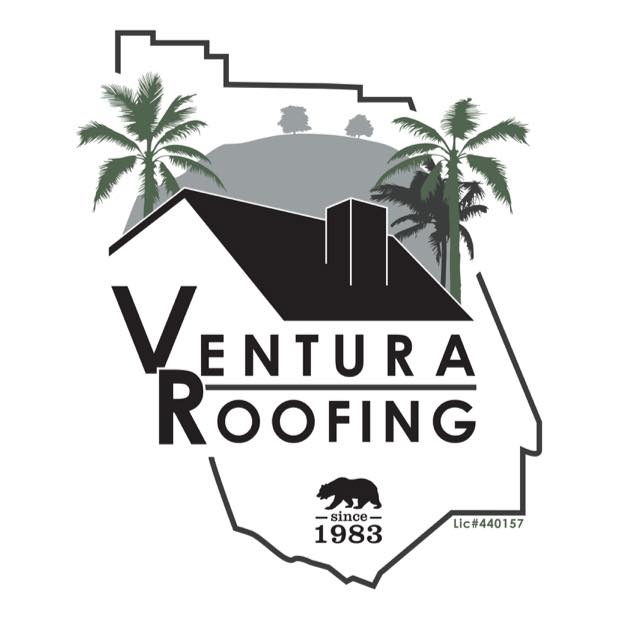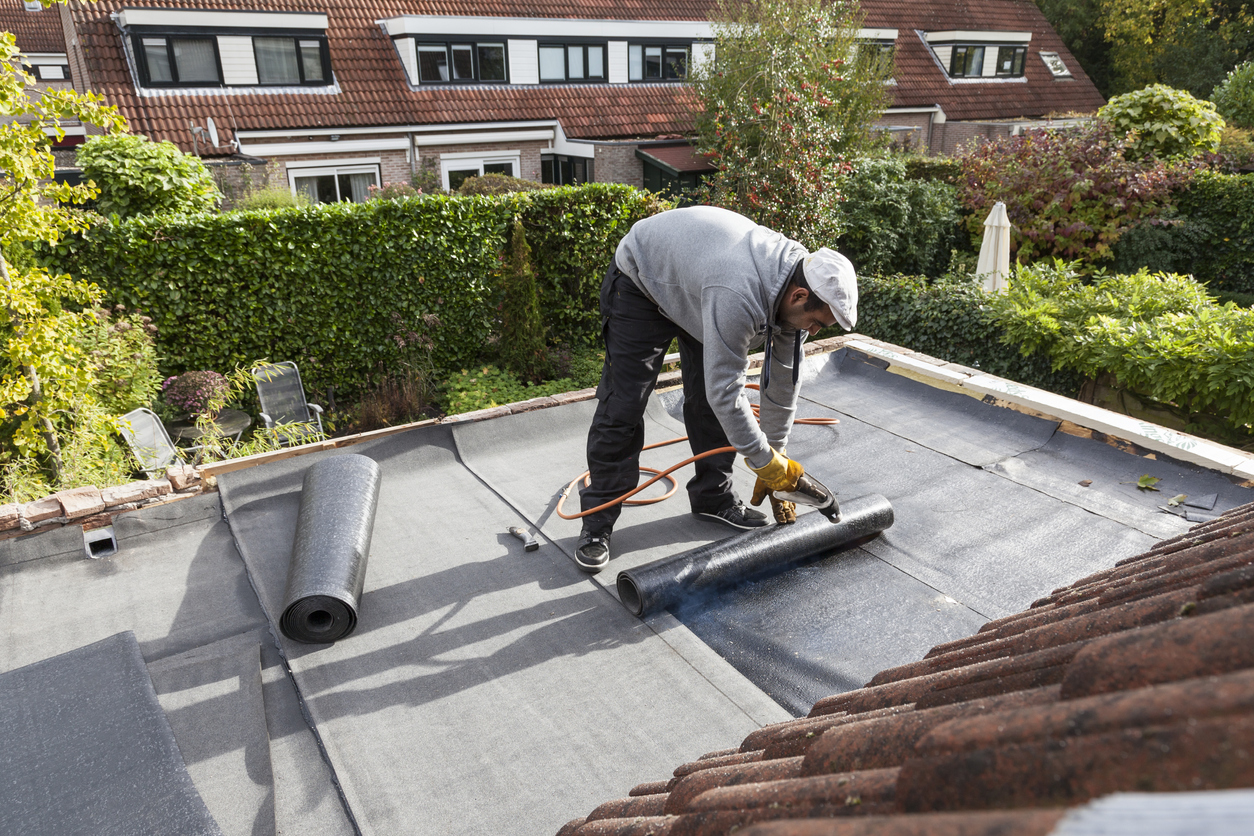No matter what kind of roof you have installed, you will need to look into having it insulated. If you have a flat roof on your home, then you will need to look into specific insulation types to protect your roof as a whole from the elements. Here is everything you need to know about flat roof insulation and how you can have it installed in your roof.
The Importance Of Insulating Your Flat Roof
Part of your new roof should always be insulation, as this plays a vital role in protecting your home and your roof from damage from the elements. This is especially true for your flat roof, as installing insulation in these roofs after they have been installed is a very difficult and messy task. When you are having a new flat roof installed, make sure you talk to your roofer about having insulation added as well. Any good roofer will ensure that this is done for you.
Insulation is important because without it you will be losing energy through your roof. It makes it harder to cool the house down in the summer and warm it in the winter, as the cooled or warmed air will make its way up and through the roof rather than staying in your home. With good insulation, you will be able to keep the energy in your home and keep your energy costs down as well.
Insulation is also important because it’s one of your best defenses against ice dams and other weather damage. If your flat roof is not insulated, during winter rain and snow can run off the roof and into the gutters, where the air is colder and start to refreeze. This is more likely to happen without insulation because that warmed air is making its way up through the roof, melting snow. When ice dams happen, that allows water to refreeze and potentially damage your roof.
You can see then why flat roof insulation is so important. Here’s how you can insulate your roof and how much you can expect it to cost you.
Types Of Flat Roof Insulation
How you insulate your flat roof will depend on the type of roof you have. The main difference will be whether the roof is a warm flat roof or a cold flat roof. When referring to the temperature of the roof, that is referencing how the roof is installed. For example, a warm flat roof is installed using a torch to adhere the roofing materials to the roof itself. A cold flat roof is most typically applied using self-adhesive membranes, so no hot torch or other method is needed.
Warm flat roof insulation: If you have a warm flat roof installed, then the insulation material will be applied on top of the roof itself. This is done by installing the roof and then adding a damp-proof layer to prevent any moisture from making its way into the insulation. Then, the insulation material is laid down on top of this layer, and then the roof is slowly heated to bond all the materials together.
If you are having a warm flat roof installed, then the insulation material will be applied on top of the roof itself. This is done by installing the roof and then adding a damp-proof layer to prevent any moisture from making its way into the insulation. Then, the insulation material is laid down on top of this layer, and then the roof is slowly heated to your bond all the materials together. This method does have the advantage of protecting the roof against large temperature changes, as everything is bonded together and is less prone to shrinking or expanding.
Cold flat roof insulation: In the case of a cold flat roof, the insulation will actually be placed on the roof deck before the roofing material itself is installed. Again, the insulation material will typically be in the form of insulation boards, such as styrofoam, perlite, PIR, or EPS.
While this does make installing a flat roof quicker and easier, it does mean that the roofing material and insulation are more prone to shrinking and expanding. As such, there may be damage done to the roofing with material if there are large changes in temperature over the year.
As such, you will need to consider whether a cold flat roof is for you. If you do have rather consistent temperatures in your area, then a flat roof installed with self-adhesive membranes rather than bitumen and other ‘hot method’ roofs would work for you.
Flat Roof Insulation Pricing
For those considering having a flat roof installed, the pricing of insulating that roof will have a large impact on what kind of roof they get. It is worth noting that insulating your roof should be standard, as without it you are leaving your roof open to a lot of potential damage, as well as higher energy costs.
When it comes to pricing, warm flat roofs are typically more affordable, coming in cheaper than cold flat roofs that use EPDM or PVC. There are also green roofs, which vary a lot in pricing depending on how you have it installed. These can be as cheap as a warm flat roof, with more advanced options being on par with cold flat roofs.
You will want to keep the price of insulating your flat roof in mind when you are picking out which one you get. For example, if you live somewhere with consistent temperatures and are looking to keep the price down, then you can go with a cold flat roof in order to keep the roof within budget as well as properly insulated.
Insulating your flat roof is an essential part of having that roof installed. There are multiple options available to you, so talk to your roofer about flat roof insulation, and see what is available for you and your home. They will be able to advise you on what’s the best option.

